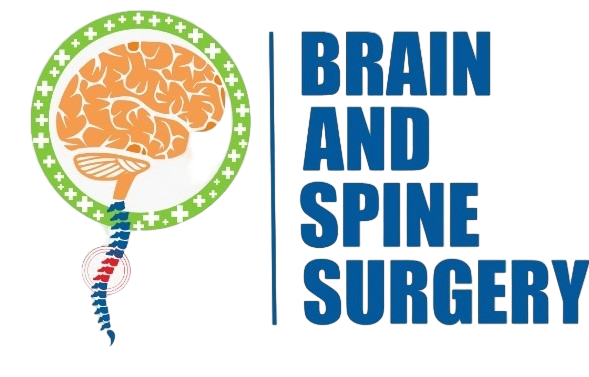Epilepsy Surgery
Epilepsy Surgery is a procedure that removes an area of the brain where seizures occur. It is most effective when seizures always occur in a single location in the brain. Epilepsy surgery is not the first line of treatment. But it might be an option when at least two anti-seizure medicines have failed to control seizures.
Why it’s done
It may be an option when medicines don’t control seizures. This is a condition known as medically refractory epilepsy or drug-resistant epilepsy. Epilepsy surgery is done to stop seizures or limit their severity. Surgery also is done to lessen seizure-related deaths, decrease the use of anti-seizure medications and decrease the possible side effects of the medicines.
Poorly controlled epilepsy can result in a number of complications and health risks, including:
- Physical injuries during a seizure
- Drowning, if the seizure occurs during a bath or swimming
- Depression and anxiety
- Developmental delays in children
- Sudden death, which is a rare complication of epilepsy
- Worsening memory or other thinking skills
Types of epilepsy surgery
Epileptic seizures result from irregular activity of brain cells called neurons. The type of surgery needed depends on the location of the neurons that start the seizure and the age of the person having the surgery. Types of surgery include:
- Resective surgery is the most common epilepsy surgery. It involves the removal of a small portion of the brain. The surgeon cuts out brain tissue from the area of the brain where seizures occur. This is usually the site of a tumor, brain injury or malformation. Resective surgery is usually performed on one of the temporal lobes. This is an area of the brain that controls visual memory, language comprehension and emotions.
- Laser interstitial thermal therapy (LITT) is less invasive than resective surgery. It uses a laser to pinpoint and destroy a small portion of brain tissue. Magnetic resonance imaging (MRI) is used to guide the laser. Deep brain stimulation is the use of a device that is placed permanently deep inside the brain. The device releases regularly timed electrical signals that disrupt seizure-inducing activity. This procedure is guided by MRI. The generator that sends the electrical pulse is implanted in the chest.
- Corpus callosotomy is surgery to completely or partially remove the part of the brain that connects nerves on the right and left sides of the brain. This part of the brain is called the corpus callosum. This surgery is usually used with children who experience irregular brain activity that spreads from one side of the brain to the other.
- Hemispherectomy is a procedure to remove one side of the brain called the cerebral cortex. This surgery is generally done only in children who experience seizures that originate from multiple sites in one hemisphere, usually the result of a condition present at birth or in early infancy.
- Functional hemispherectomy is a procedure primarily used in children that removes the connecting nerves without removing actual pieces of the brain.
How you prepare
If someone is a possible candidate for epilepsy surgery, that person works with a health care team at a specialized epilepsy center. The health care team does several tests to:
- Determine the eligibility for surgery
- Identify the appropriate surgical site
- Understand in detail how that area of the brain functions
- Some of these tests are done as outpatient procedures, while others require a hospital stay.
Results
The outcomes of epilepsy surgery vary depending on the type of surgery performed. The expected outcome is seizure control with medication.
About two-thirds of patients experience no seizures after the most popular and well-understood treatment, which involves excision of temporal lobe tissue. According to studies, there is an 87% to 90% chance that someone who takes medication for seizures won’t have any more in the first year following temporal lobe surgery. The probability of not having seizures after two years is 95% at five years and 82% at ten years.
If there are no seizures for at least one year, the health care provider may consider decreasing the anti-seizure medicine and eventually discontinuing it entirely. Most people who do experience a seizure after going off medicine are able to obtain seizure control by resuming medicine.
FAQs:
- Who is a candidate for epilepsy surgery?
Candidates for epilepsy surgery are typically those who have drug-resistant epilepsy, meaning their seizures are not controlled by at least two anti-seizure medications. - What are the risks and benefits of epilepsy surgery?
While epilepsy surgery can significantly reduce or eliminate seizures, it carries risks like any surgical procedure, including infection, memory problems, and potential changes in cognitive function. However, the benefits often include improved seizure control, a reduced need for medication, and an enhanced quality of life. - What is the recovery process like after epilepsy surgery?
Recovery varies depending on the type of surgery performed. Most patients may experience some immediate relief from seizures, and recovery generally includes a gradual reduction in anti-seizure medication, physical therapy, and regular follow-up with healthcare providers.


Leave a Reply